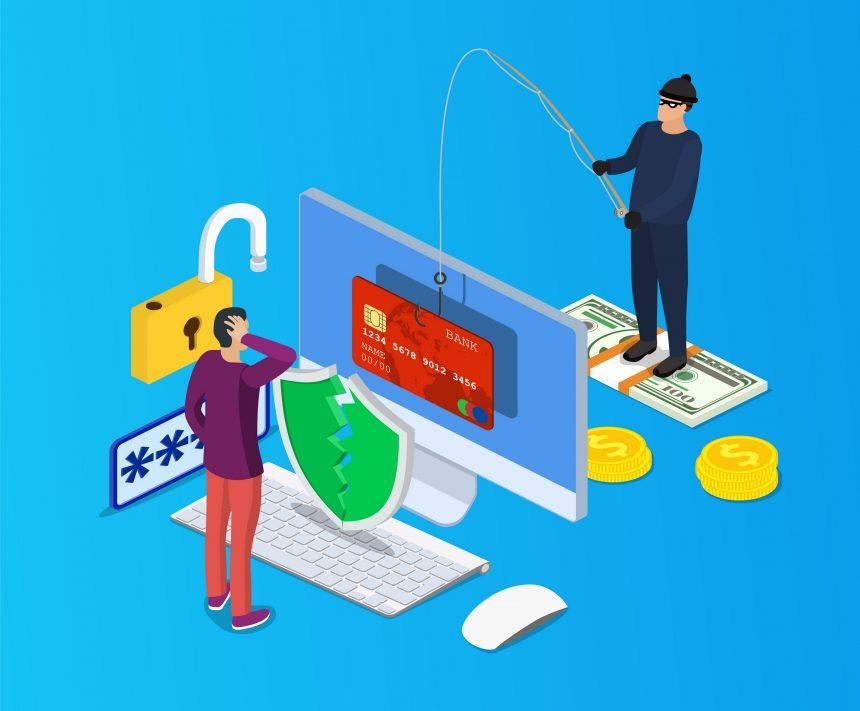CuckooStealer, as its ominous name suggests, is a malicious software designed to infiltrate systems, steal sensitive information, and wreak havoc on unsuspecting victims. This insidious malware poses a significant risk to cybersecurity, with its ability to evade detection and cause substantial harm.
Understanding CuckooStealer
CuckooStealer operates stealthily, often entering systems undetected through various means, including phishing emails, malicious downloads, or compromised websites. Once inside a system, it immediately gets to work, deploying its arsenal of tools to harvest valuable data such as login credentials, financial information, and personal documents.
The consequences of a CuckooStealer infection can be devastating. Stolen credentials can lead to unauthorized access to accounts, financial loss, identity theft, and even compromise sensitive business information. Moreover, the malware’s ability to remain hidden for extended periods makes it particularly dangerous, allowing it to continue its malicious activities undetected.
Detection and Similar Threats
CuckooStealer operates under different aliases, making it challenging to identify and eradicate. Some of the detection names for this malware include but are not limited to:
- Trojan:Win32/Skeeyah.A!rfn
- Mal/Generic-S
- Trojan.CuckooStealer
Similar threats to CuckooStealer include infamous malware such as Emotet, TrickBot, and ZLoader, which share similar functionalities and objectives.
CuckooStealer Removal Guide
Detecting and removing CuckooStealer requires a comprehensive approach to ensure complete eradication. Follow these steps to effectively remove the malware from your system:
- Disconnect from the Internet: Immediately disconnect the infected device from the internet to prevent further data theft or transmission of sensitive information.
- Enter Safe Mode: Restart your computer and enter Safe Mode to minimize the malware’s ability to operate.
- Identify Malicious Processes: Use Task Manager (Ctrl + Shift + Esc) to identify any suspicious processes running on your system. Look for unfamiliar or suspicious processes and note them down.
- Terminate Malicious Processes: End the identified malicious processes by right-clicking on them and selecting “End Task.”
- Delete Temporary Files: Clear temporary files and caches from your system to remove any remnants of the malware.
- Scan and Remove Malware: Use a reliable antivirus or antimalware software to perform a thorough scan of your system and remove any remaining traces of CuckooStealer.
- Update Security Software: Ensure your antivirus software is up-to-date with the latest virus definitions to effectively detect and prevent future malware infections.
- Reset Passwords: As a precautionary measure, reset passwords for all compromised accounts to prevent unauthorized access.
- Monitor System Activity: Regularly monitor your system for any unusual behavior or signs of re-infection.
Preventing Future Infections
Prevention is key to safeguarding against CuckooStealer and similar threats. Follow these best practices to minimize the risk of infection:
- Exercise Caution Online: Be wary of suspicious emails, links, and attachments, especially from unknown sources.
- Keep Software Updated: Regularly update your operating system and software applications to patch vulnerabilities and strengthen security.
- Use Strong Passwords: Create unique, complex passwords for each account and enable two-factor authentication whenever possible.
- Employ Security Software: Install reputable antivirus or antimalware software and keep it updated to detect and block malicious threats effectively.
- Educate Users: Educate yourself and others about cybersecurity best practices to recognize and avoid potential threats.
Conclusion
CuckooStealer represents a significant threat to cybersecurity, capable of causing irreparable damage to individuals and organizations. By understanding its behaviors, implementing effective removal strategies, and adopting preventive measures, we can fortify our defenses against this malicious menace and safeguard our digital assets.





